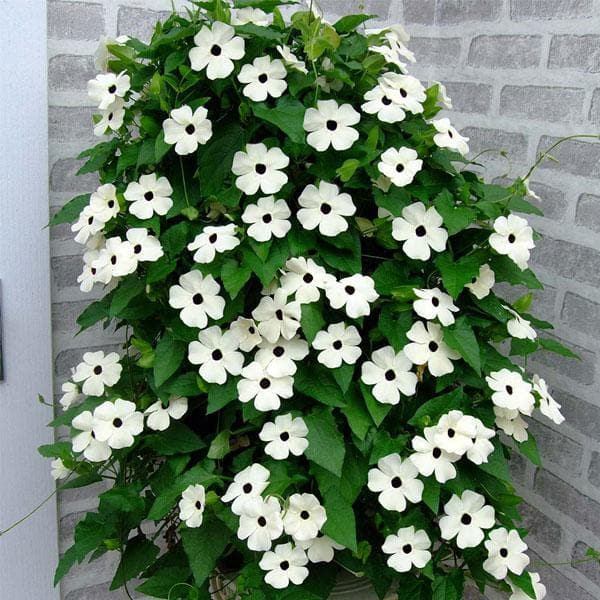
Thunbergia Alata (White) - Plant
(MRP Inclusive of all taxes)
- Shipping ₹79 for entire order
- Dispatch in 7 days
- Country of origin: India

(MRP Inclusive of all taxes)
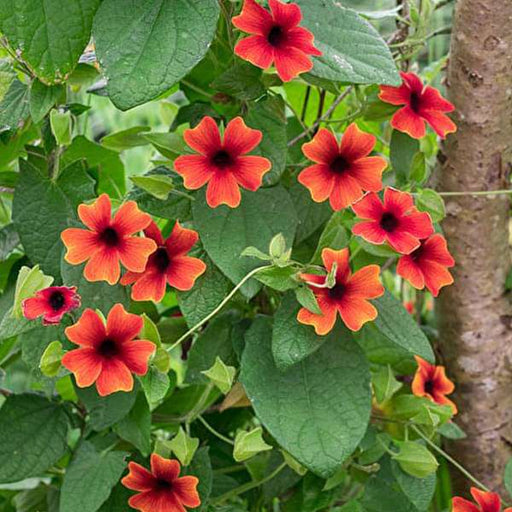 Save 25%
Save 25%
Thunbergia (Any Color) - Plant Thunbergia, commonly known as Black-eyed Susan vine, is a stunning climbing plant that enchants with its vi...
View full details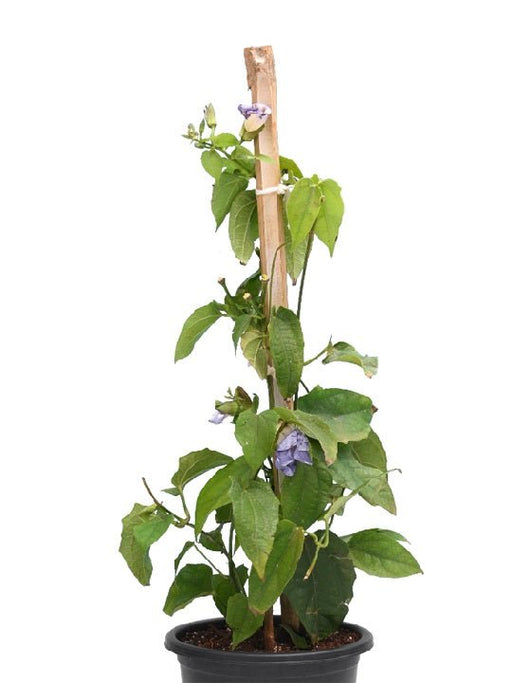
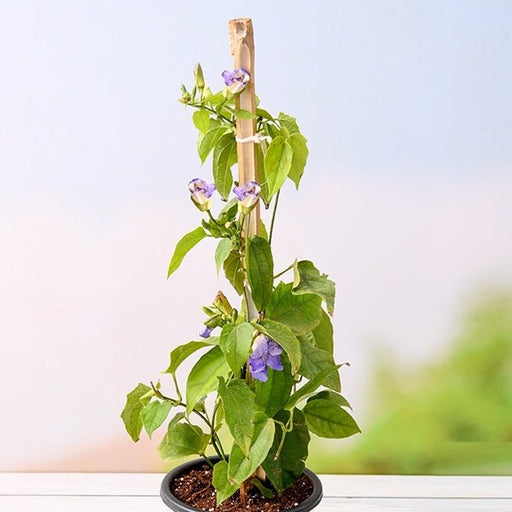 Save 25%
Save 25%
Thunbergia Laurifolia - Plant Thunbergia Laurifolia, commonly known as the Blue Sky Vine or Laurel-leaved Thunbergia, is a stunning tropic...
View full details
 Save 26%
Save 26%
Thunbergia Erecta Nana (Bush Clock Vine - Blue) The Thunbergia Erecta Nana, commonly known as the Bush Clock Vine, is a stunning perennial plant t...
View full details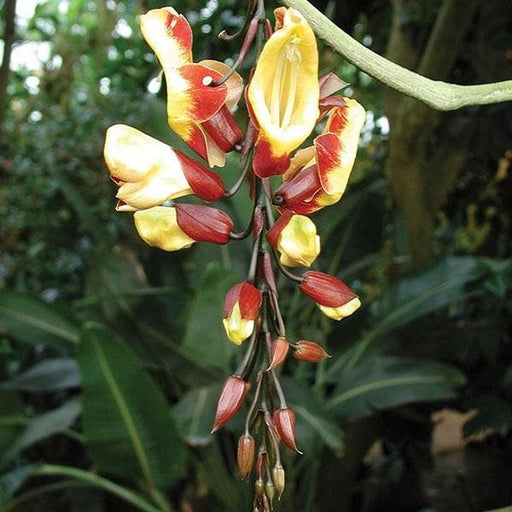 Sold out
Sold out
Thunbergia Mysorensis - Mysore Trumpet Vine The Thunbergia Mysorensis, commonly known as the Mysore Trumpet Vine, is a stunning tropical c...
View full details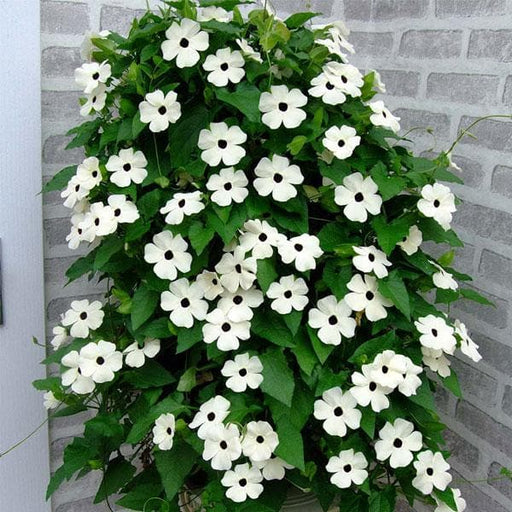 Sold out
Sold out
Thunbergia Alata (White) - Plant Thunbergia Alata, commonly known as the Black-eyed Susan vine, is a stunning perennial climber that encha...
View full details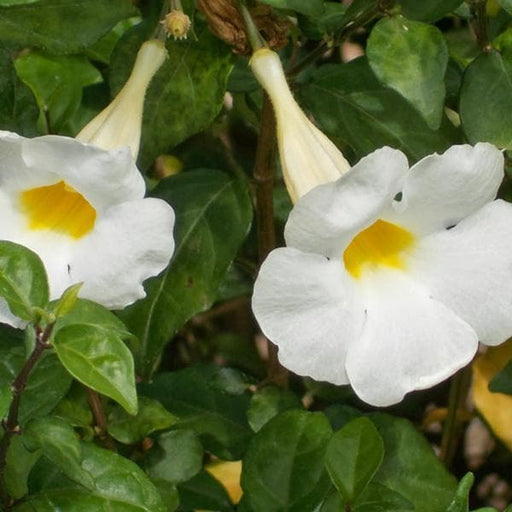 Sold out
Sold out
Thunbergia Erecta Alba (Meyenia Erecta Alba) - White Plant The Thunbergia Erecta Alba, commonly known as the White Thunbergia or Meyenia E...
View full details Save 25%
Save 25%
Thunbergia Erecta Nana, Bush Clock Vine (Blue) Plant The Thunbergia Erecta Nana, commonly known as the Bush Clock Vine, is a stunning pere...
View full details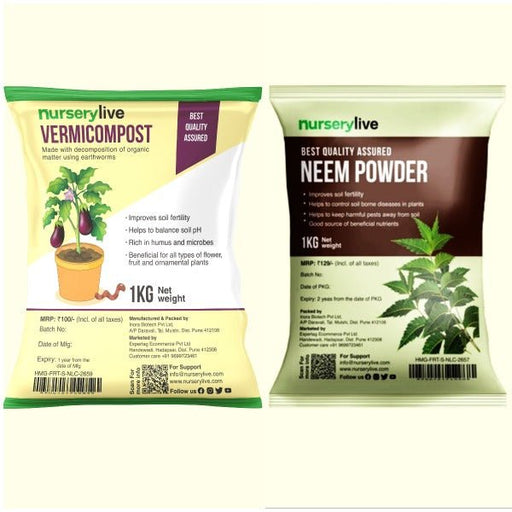 Save 15%
Save 15%
Pack of Vermicompost and Neem Cake for House Plants Transform your indoor garden with our premium Pack of Vermicompost and Neem Cake, spec...
View full details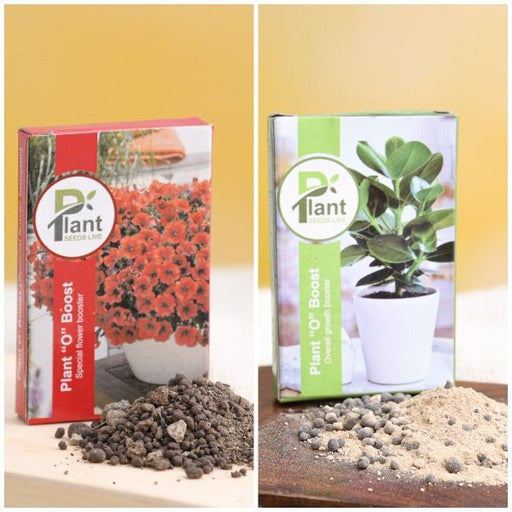
Pack of Plant Growth and Flower Boosters Unlock the full potential of your garden with our Pack of Plant Growth and Flower Boosters! This ...
View full details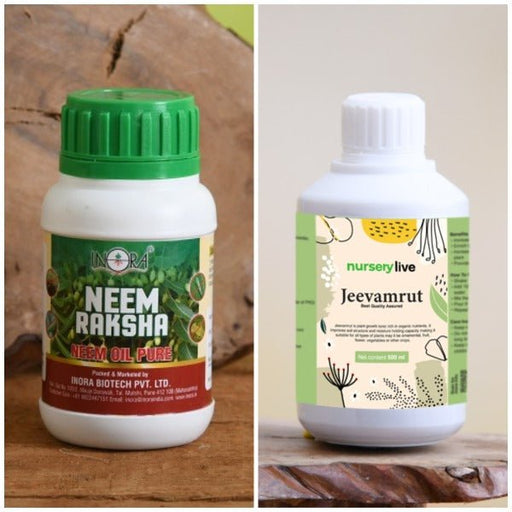 Save 38%
Save 38%
Combo of Jeevamrut and Neem Raksha for Easy Growth and Protection of Houseplants Transform your indoor garden with our exclusive combo of ...
View full details Save 22%
Save 22%
Plant Nutrients Kit (Pack of 16) for a Healthy Garden Transform your garden into a lush paradise with our Plant Nutrients Kit, featuring 1...
View full details Save 16%
Save 16%
Combo of Top Plant Fertilizers Elevate your gardening game with our exclusive Combo of Top Plant Fertilizers, featuring two bags of premiu...
View full details Save 24%
Save 24%
Pack of 4 Additives to Make Soil Healthy and Nutrient Rich Transform your garden into a thriving ecosystem with our Pack of 4 Additives de...
View full details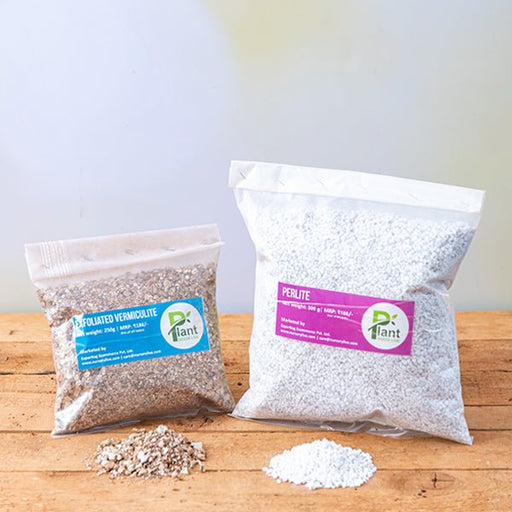 Save 30%
Save 30%
Transform your gardening experience with our premium Combo of Perlite and Vermiculite. This unique blend is designed to enhance soil aeration and ...
View full details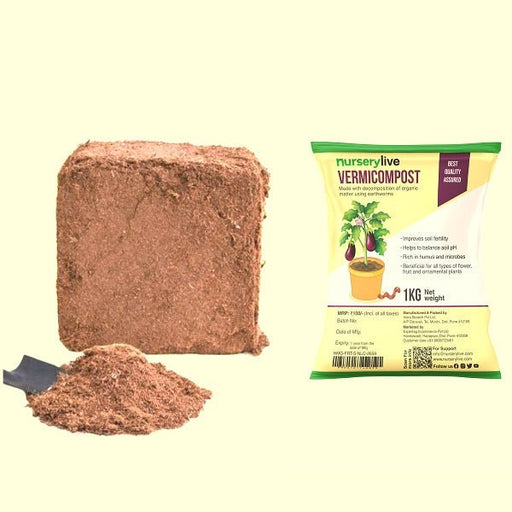 Save 27%
Save 27%
Combo of 2 Vermicompost and Cocopeat - Enrich Your Soil Naturally! Transform your garden into a thriving ecosystem with our Combo of 2 Ver...
View full details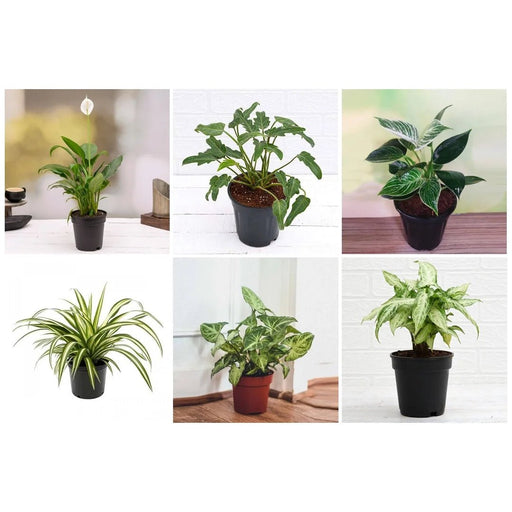
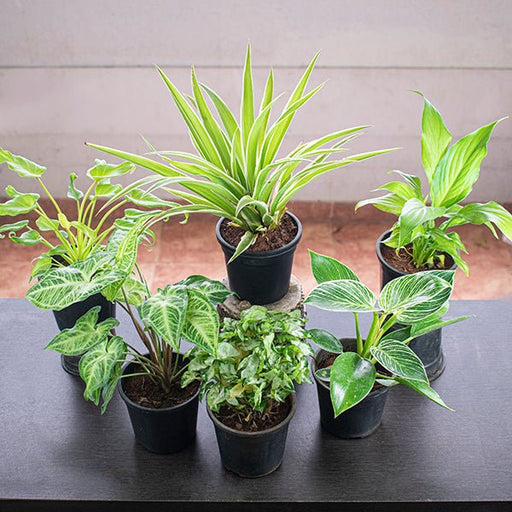 Save 35%
Save 35%
Best 6 Plants for Perfect Indoor Garden Transform your living space into a lush oasis with our curated collection of the Best 6 Plants for a...
View full details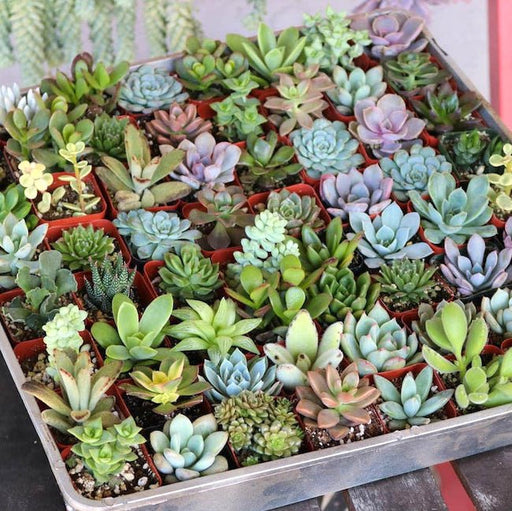
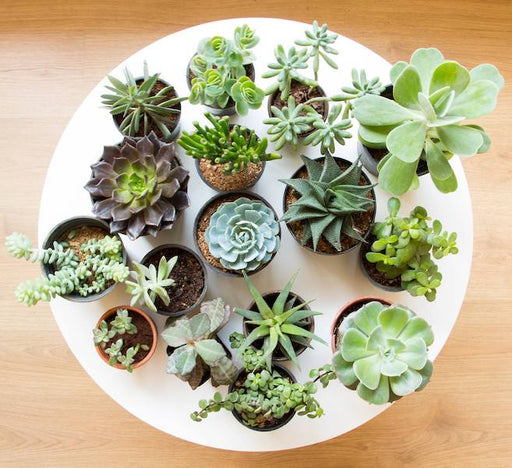 Save up to 50%
Save up to 50%
Mini Succulent Garden Pack Transform your space with our Mini Succulent Garden Pack, featuring a delightful collection of 4 any variety beautiful s...
View full details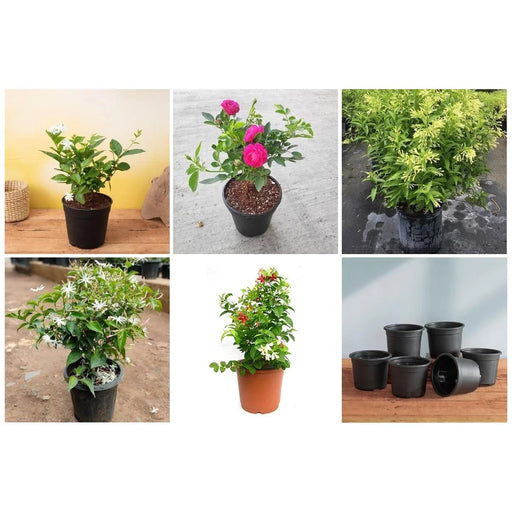
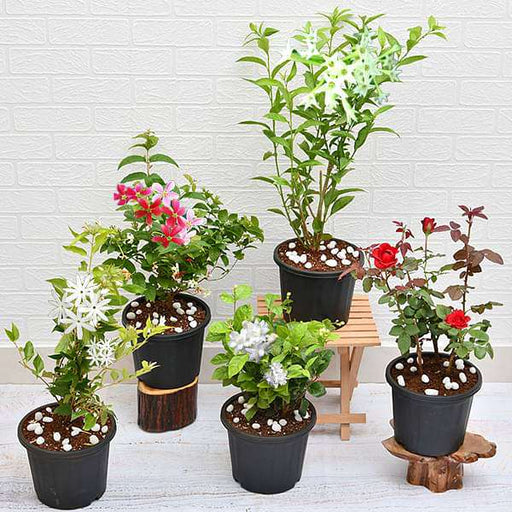 Save 30%
Save 30%
5 Best Fragrant Plants Transform your garden or indoor space into a fragrant paradise with our curated selection of the 5 Best Fragrant Plants. Th...
View full details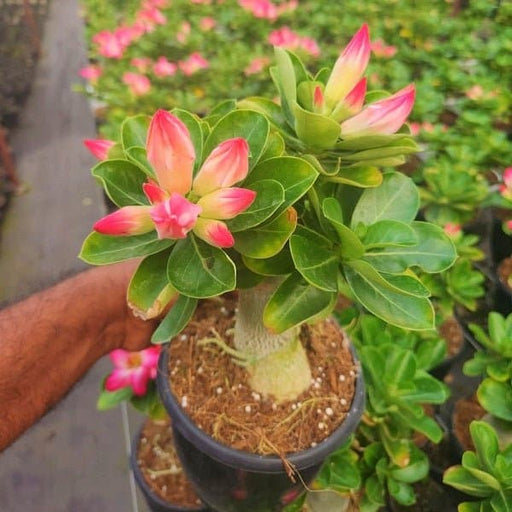
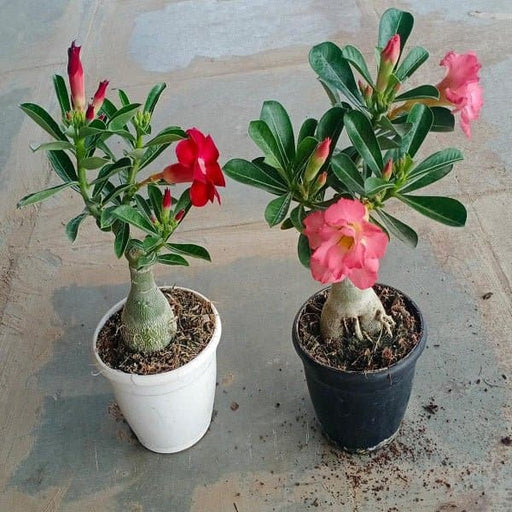 Save 24%
Save 24%
Set of 2 Bonsai Looking Grafted Adeniums Transform your indoor or outdoor space with our exquisite Set of 2 Bonsai Looking Grafted Adenium...
View full details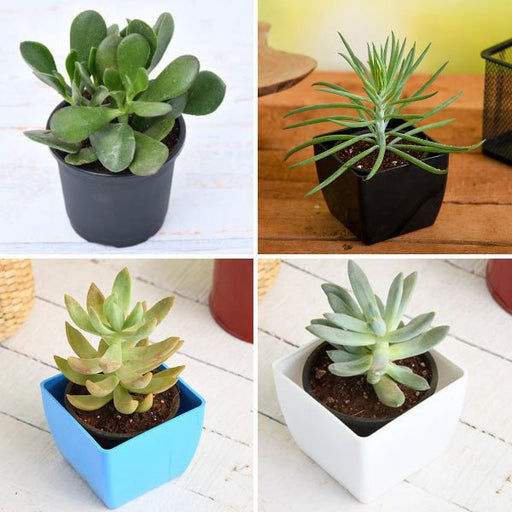 Save 45%
Save 45%
Top 4 Die Hard Succulents Pack Transform your indoor or outdoor space with our Top 4 Die Hard Succulents Pack, featuring a curated selecti...
View full details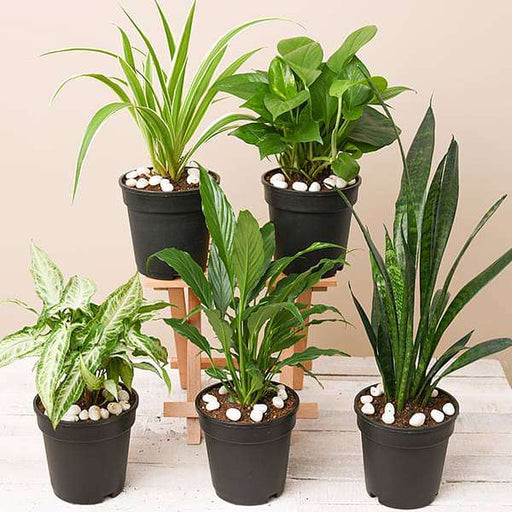
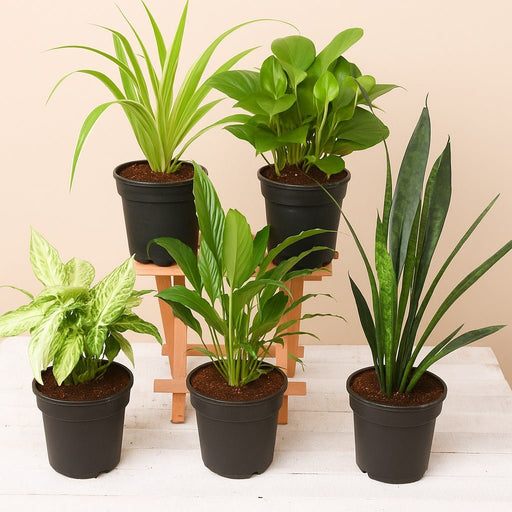 Save 30%
Save 30%
5 Best Indoor Plants Pack Transform your living space into a lush oasis with our '5 Best Indoor Plants Pack.' This carefully curated collection fe...
View full details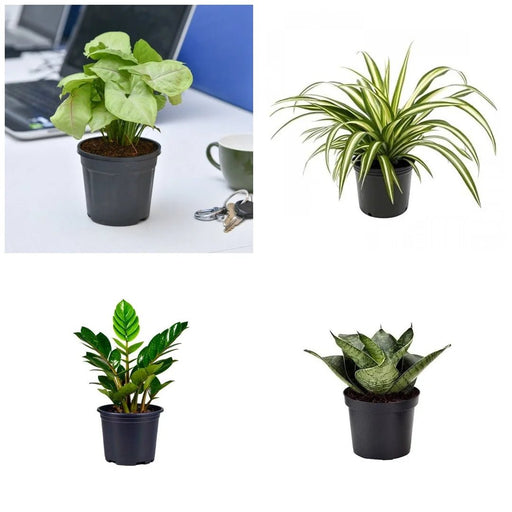
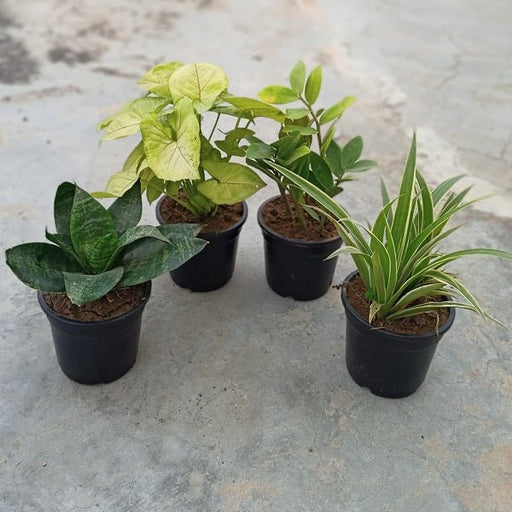 Save 25%
Save 25%
Set of 4 Evergreen Air Purifier Plant Pack Transform your indoor space into a lush, green oasis with our Set of 4 Evergreen Air Purifier Pla...
View full details| SrNo | Item Name | Qty |
|---|---|---|
| 2 | Thunbergia Alata (White) Plant | 1 |
Thunbergia Alata, commonly known as the Black-eyed Susan vine, is a stunning perennial climber that enchants with its delicate white flowers and dark central eye. This fast-growing plant is perfect for trellises, fences, or as a ground cover, adding a touch of elegance to any garden. With its lush green foliage and striking blooms, it thrives in warm climates, making it a favorite among gardeners and landscape designers alike.
This variety of Thunbergia Alata stands out for its unique white flowers, which are less common than the traditional yellow or orange varieties. Its ability to attract pollinators like bees and butterflies makes it an essential addition to any eco-friendly garden. Additionally, it is known for its resilience and adaptability, thriving in various soil types and conditions.
Thunbergia Alata (White) is not only visually appealing but also offers environmental benefits. It helps improve air quality and provides habitat for beneficial insects. Its rapid growth and ability to cover unsightly structures make it a practical choice for gardeners looking to enhance their outdoor spaces.
Thunbergia Alata (White) plays a vital role in promoting biodiversity. By attracting pollinators, it supports the ecosystem and contributes to the health of surrounding plants. Its ability to thrive in various conditions makes it a sustainable choice for gardeners looking to enhance their green spaces while being environmentally conscious.
If you think caring for Thunbergia Alata is like babysitting a cactus, think again! This beauty thrives on a little TLC, so roll up your sleeves and get ready to pamper your plant. Water it regularly, but don’t drown it—this isn’t a swimming lesson. A little fertilizer goes a long way, so sprinkle some love (and nutrients) every few weeks. And remember, sunlight is its best friend, so place it where it can soak up those rays. With a bit of attention, your Thunbergia will reward you with vibrant blooms that’ll make your neighbors green with envy.
If you’re looking for a plant that’s as fast as your morning coffee kicks in, Thunbergia Alata is your go-to! This climber can grow up to 10 feet in a single season, making it the Usain Bolt of the plant world. Just give it a trellis or some support, and watch it race to the top. With the right conditions—sunshine, water, and a sprinkle of love—your Thunbergia will be scaling heights faster than you can say “green thumb.” So, buckle up and enjoy the show as it transforms your garden into a floral wonderland.
Want to multiply your Thunbergia Alata like rabbits? Propagation is the way to go! Snip a healthy stem, pop it in some water or soil, and watch it work its magic. It’s like giving your plant a second chance at life, and who doesn’t love a good comeback story? Just be patient, as roots take time to develop. Once they do, you’ll have a mini Thunbergia ready to take on the world—or at least your garden. It’s a fun and rewarding process that’ll have you feeling like a proud plant parent in no time.
Ah, the uninvited guests of the plant world! Thunbergia Alata can attract pests like aphids and spider mites, but don’t worry; you’re not hosting a pest party. A little neem oil or insecticidal soap can send those critters packing. Keep an eye out for any signs of trouble, and act fast—after all, you wouldn’t let a party crasher ruin your garden soirée. With a bit of vigilance and some pest control tactics, your Thunbergia will remain the belle of the botanical ball.
Thunbergia Alata is a sun worshipper, and it’s not shy about it! This plant craves bright, indirect sunlight to thrive. Think of it as the diva of the garden, demanding its daily dose of sunshine. Too little light, and it might sulk; too much direct sun, and it could get scorched. The sweet spot is a balance—enough light to keep it happy without turning it into a crispy critter. So, find that perfect sunny spot, and your Thunbergia will reward you with blooms that are as bright as its personality.
When it comes to soil, Thunbergia Alata is a bit of a snob. It prefers well-draining soil that’s rich in organic matter—think of it as the gourmet meal of the plant world. A mix of potting soil and compost will do the trick, providing the nutrients it craves without drowning its roots. Avoid heavy clay or compacted soil, as that’s like serving your plant a soggy sandwich. With the right soil, your Thunbergia will flourish, producing blooms that’ll make your garden the talk of the town.
While we’re focusing on the white variety, Thunbergia Alata comes in a dazzling array of colors that would make a rainbow jealous! From vibrant yellows to deep blues, each flower is a little masterpiece. The white blooms, however, are like the elegant swan of the plant world—graceful and timeless. They add a touch of sophistication to any garden, making it feel like a botanical gala. So, whether you’re a fan of the classic white or want to mix it up with other colors, Thunbergia Alata has a hue for every taste.
If you’re looking to jazz up your landscape, Thunbergia Alata is your secret weapon! This climbing plant can transform dull fences and trellises into vibrant vertical gardens. It’s like giving your yard a makeover without the hefty price tag. Plant it strategically, and watch as it weaves its way through your outdoor space, creating a lush, green tapestry. Plus, it attracts pollinators, so you’ll be doing your part for the environment while making your garden the envy of the neighborhood.
Who says Thunbergia Alata can’t be an indoor superstar? With the right conditions, this plant can thrive indoors, bringing a touch of nature to your living space. Just ensure it gets enough light—preferably near a window where it can soak up those rays. It’s like having a little piece of the outdoors right in your home. Plus, its stunning flowers will brighten up any room, making it a perfect conversation starter. So, if you’re looking to green up your indoor jungle, Thunbergia Alata is ready to shine.
Fertilizing your Thunbergia Alata is like giving it a shot of espresso—just the boost it needs to thrive! A balanced, water-soluble fertilizer every few weeks during the growing season will keep it happy and blooming. Think of it as a little pick-me-up for your plant, helping it produce those gorgeous flowers. Just be careful not to overdo it; too much fertilizer can lead to a plant that’s more “jittery” than “jolly.” With the right amount of nourishment, your Thunbergia will be the life of the garden party.
While we’re all about the white Thunbergia Alata, let’s not forget the fabulous family it belongs to! This plant has several varieties, each with its own unique charm. From the classic yellow to the striking blue, there’s a Thunbergia for every garden personality. Mixing and matching these varieties can create a stunning display that’ll have your neighbors asking for your gardening secrets. So, don’t be shy—explore the colorful world of Thunbergia Alata and let your garden be the canvas for this botanical art!
Thunbergia Alata (White) is a charming perennial vine, often called the white clock vine. With its stunning white flowers and lush green foliage, it’s like nature’s own confetti! Perfect for trellises or fences, this plant adds a touch of elegance to any garden, making it the belle of the botanical ball.
Caring for Thunbergia Alata (White) is as easy as pie! Provide it with well-draining soil, plenty of sunlight, and moderate watering. It thrives in warm climates, so think tropical vibes! Just remember, too much water is a no-no; this plant prefers to keep its roots dry and fabulous.
Thunbergia Alata (White) loves to bask in full sun to partial shade. It’s like a sunbather on a beach vacation! Aim for temperatures between 60°F to 80°F, and ensure the soil is well-draining. With the right conditions, this plant will flourish and reward you with a cascade of beautiful blooms.
Absolutely! Thunbergia Alata (White) can be a delightful indoor companion. Just make sure it gets enough sunlight—think of it as your plant’s daily dose of vitamin D. A bright window sill will do the trick. Just don’t forget to give it some space to climb; it’s a social butterfly!
Watering Thunbergia Alata (White) is like a dance: find the right rhythm! Generally, water when the top inch of soil feels dry. In hot weather, it may need a little more love, but avoid soggy soil. Remember, this plant prefers to sip rather than gulp—no drowning allowed!
Good news for gardeners with a deer dilemma! Thunbergia Alata (White) is not a favorite snack for deer. They tend to pass it by, opting for more delectable options. So, plant with confidence; your white clock vine will stand tall and proud, untouched by those pesky nibblers.
Thunbergia Alata (White) is a speedy grower, often reaching up to 10 feet in a single season! It’s like the Usain Bolt of the plant world. With the right care, you’ll have a lush, flowering vine in no time, making your garden the envy of the neighborhood.
Yes, you can! Propagating Thunbergia Alata (White) is as easy as pie. Simply take cuttings from healthy stems, place them in water or soil, and watch them root. It’s like giving your plant a family reunion—more vines to love and admire in your garden!
Keep an eye out for aphids and spider mites; they can be pesky little party crashers! If you spot them, a gentle spray of water or insecticidal soap will send them packing. Regular checks will keep your Thunbergia Alata (White) thriving and pest-free, ensuring it remains the star of the show.
Fear not, pet parents! Thunbergia Alata (White) is considered non-toxic to cats and dogs. So, your furry friends can frolic around this lovely vine without worry. Just keep an eye on them; they might be more interested in the flowers than you’d like!
Thunbergia Alata (White) typically blooms from late spring to early fall, showering your garden with its lovely white flowers. It’s like a floral fireworks display! With proper care, you’ll enjoy a continuous show of blooms, making your garden the talk of the town during the growing season.